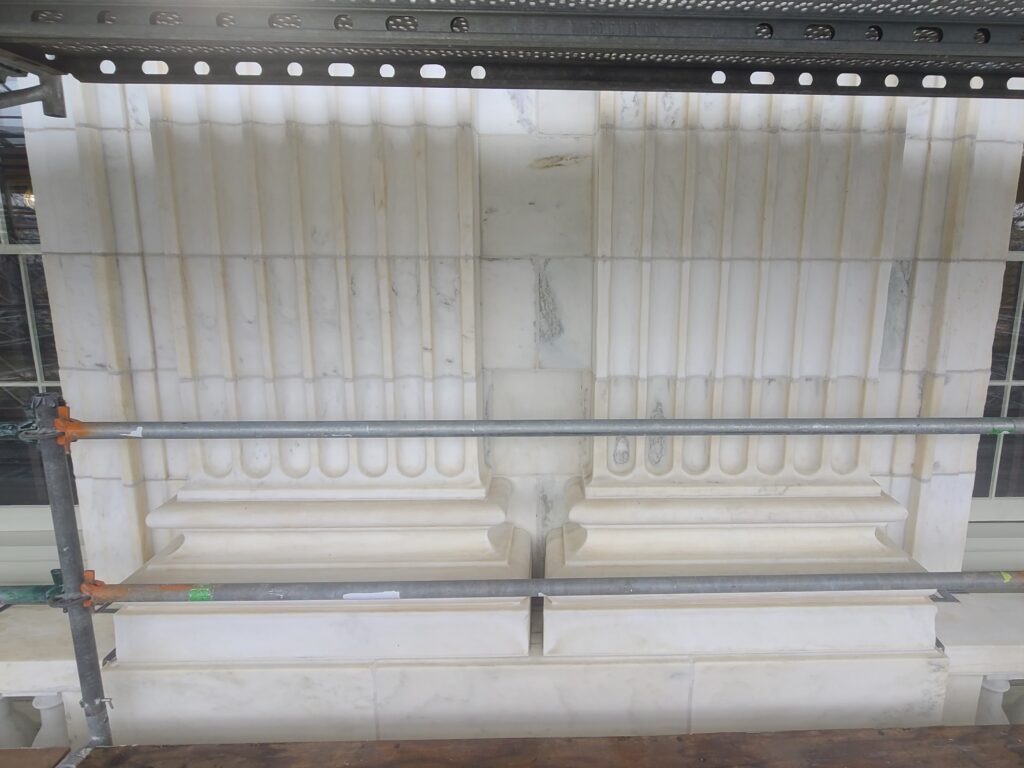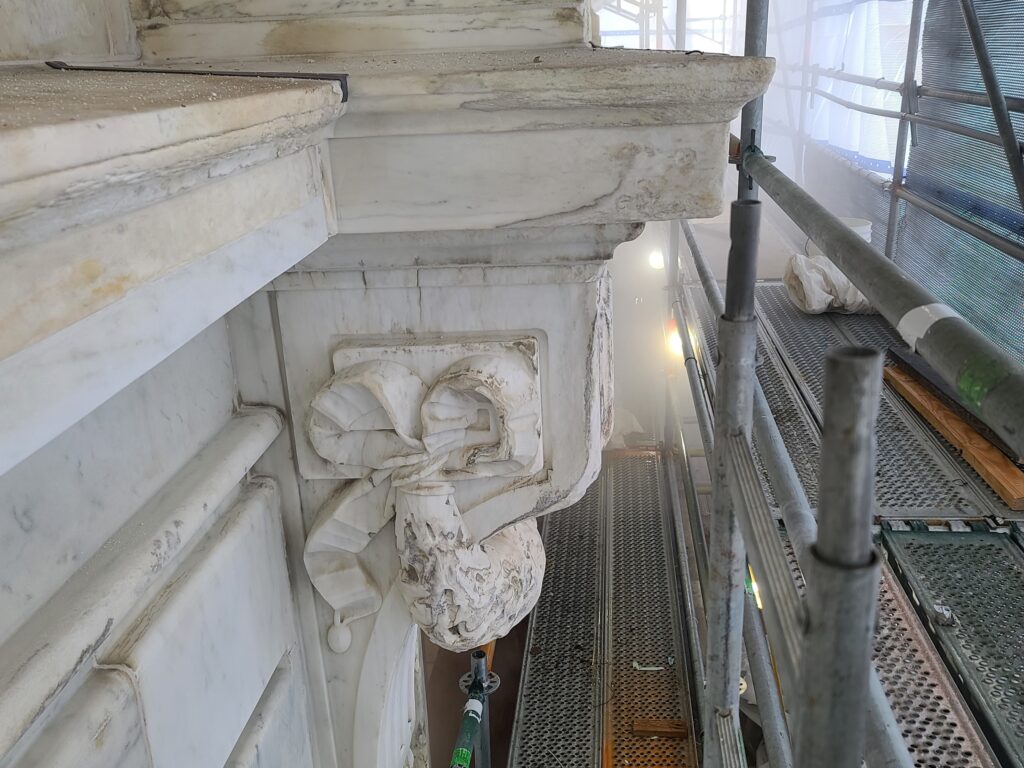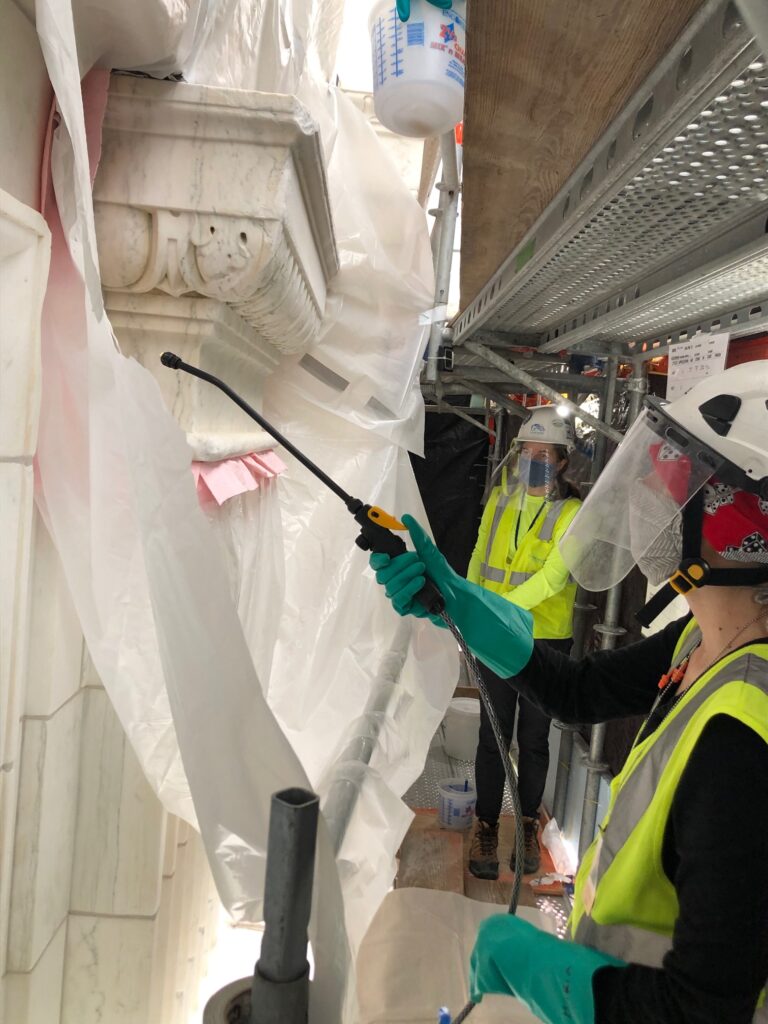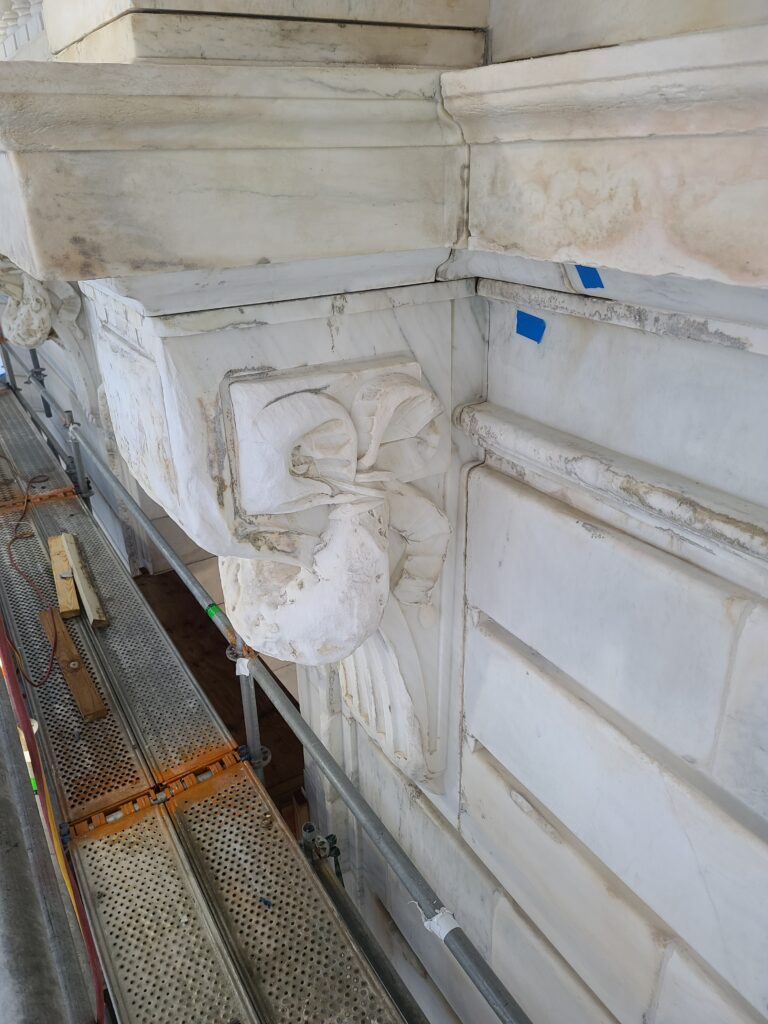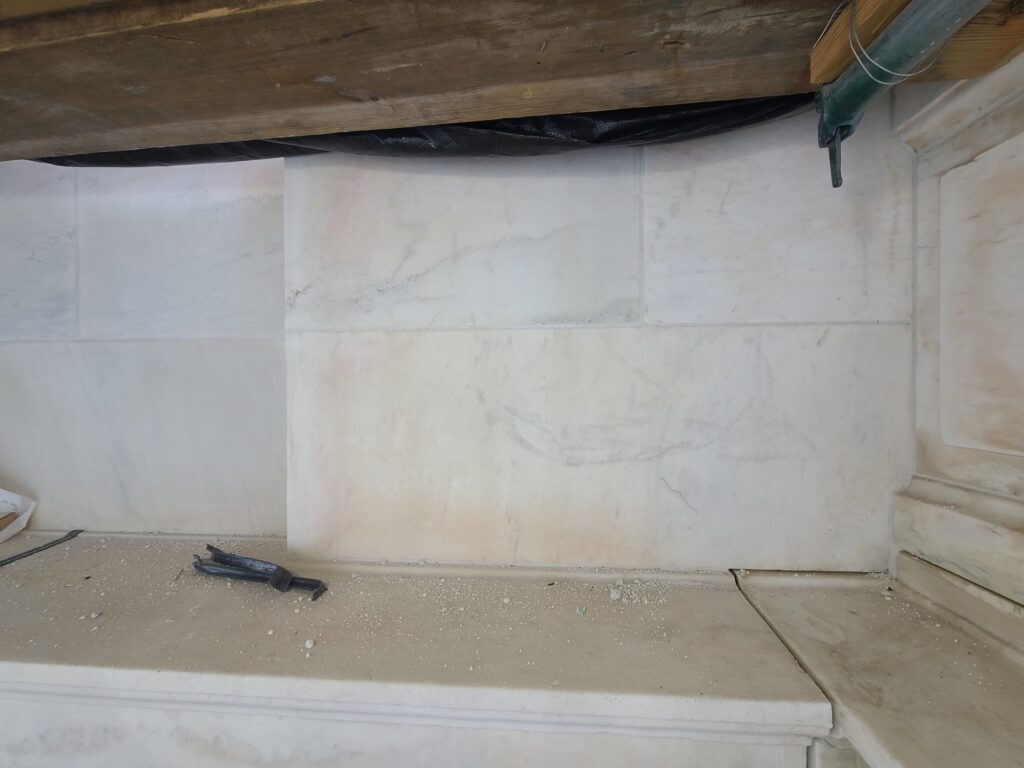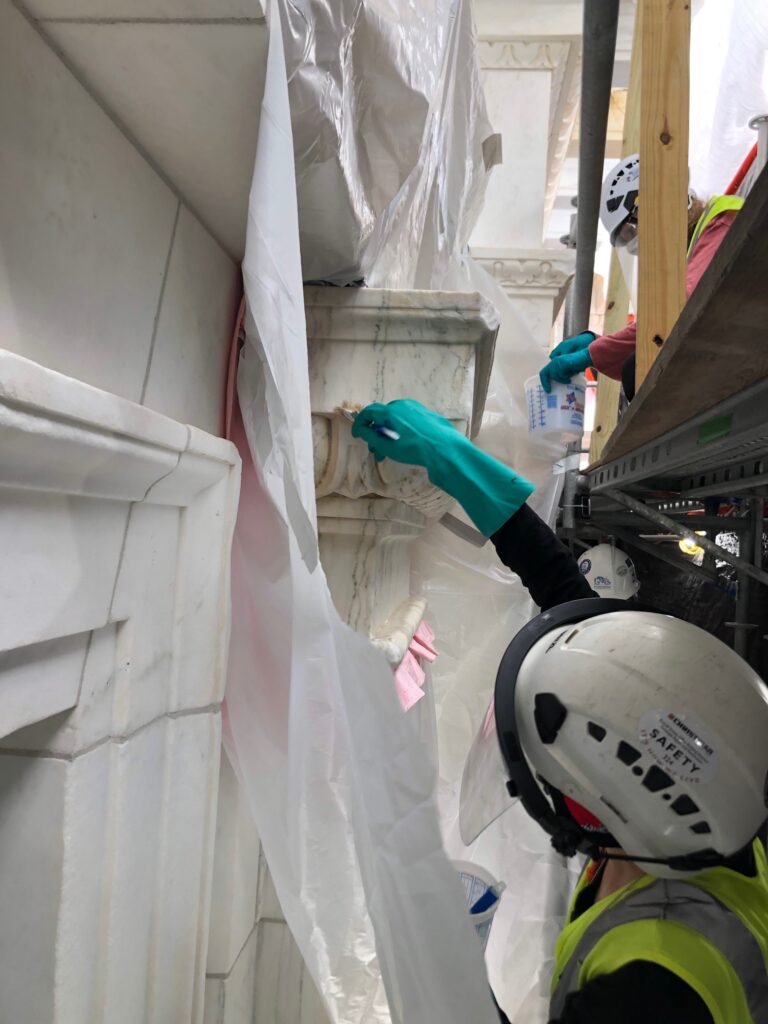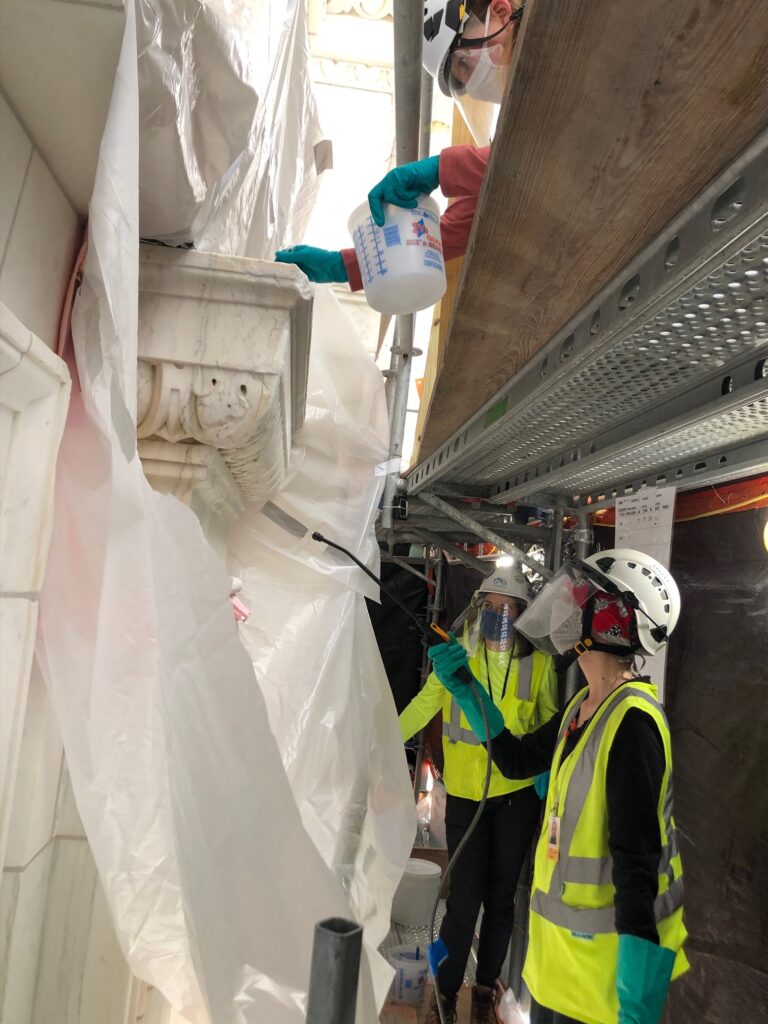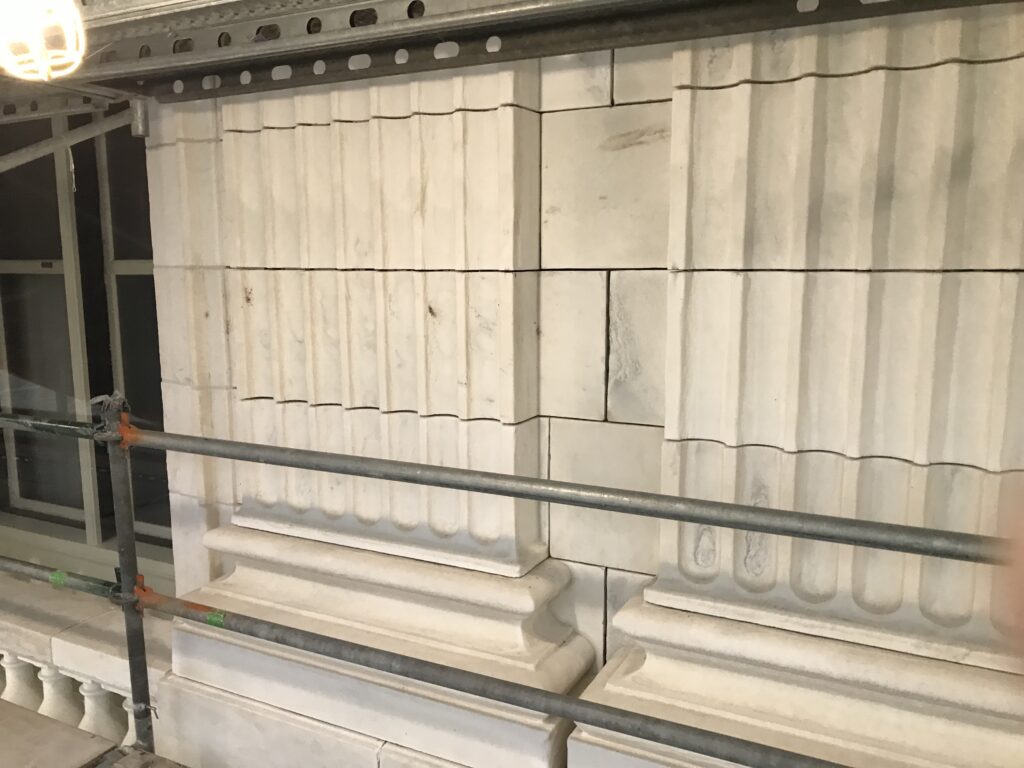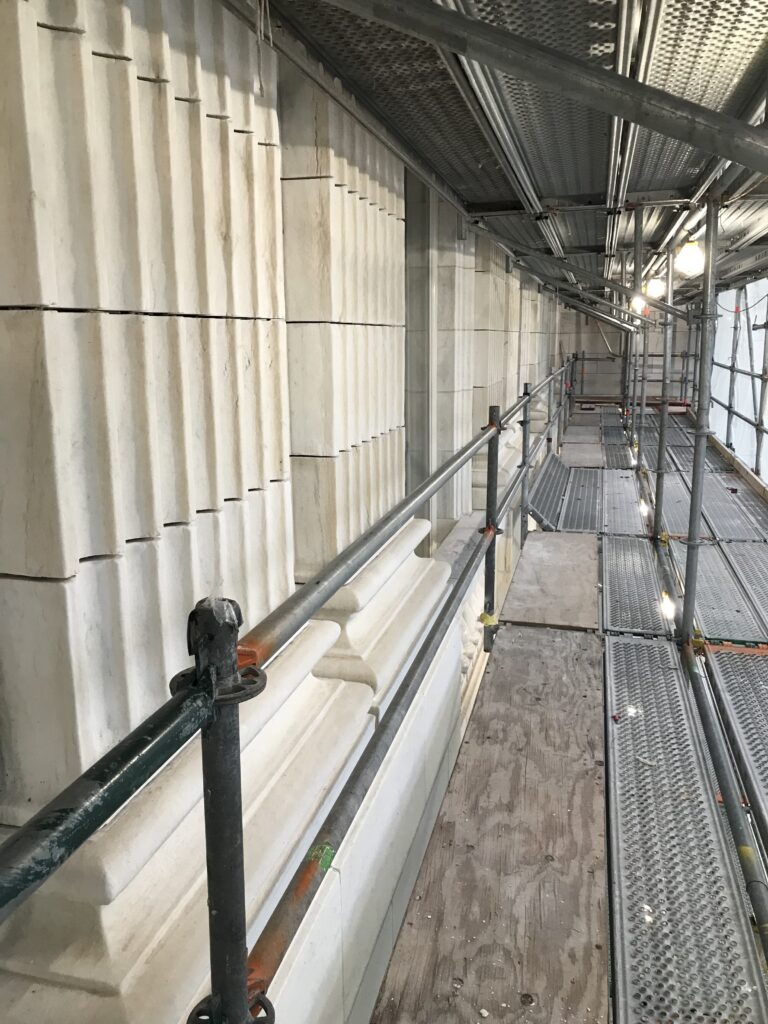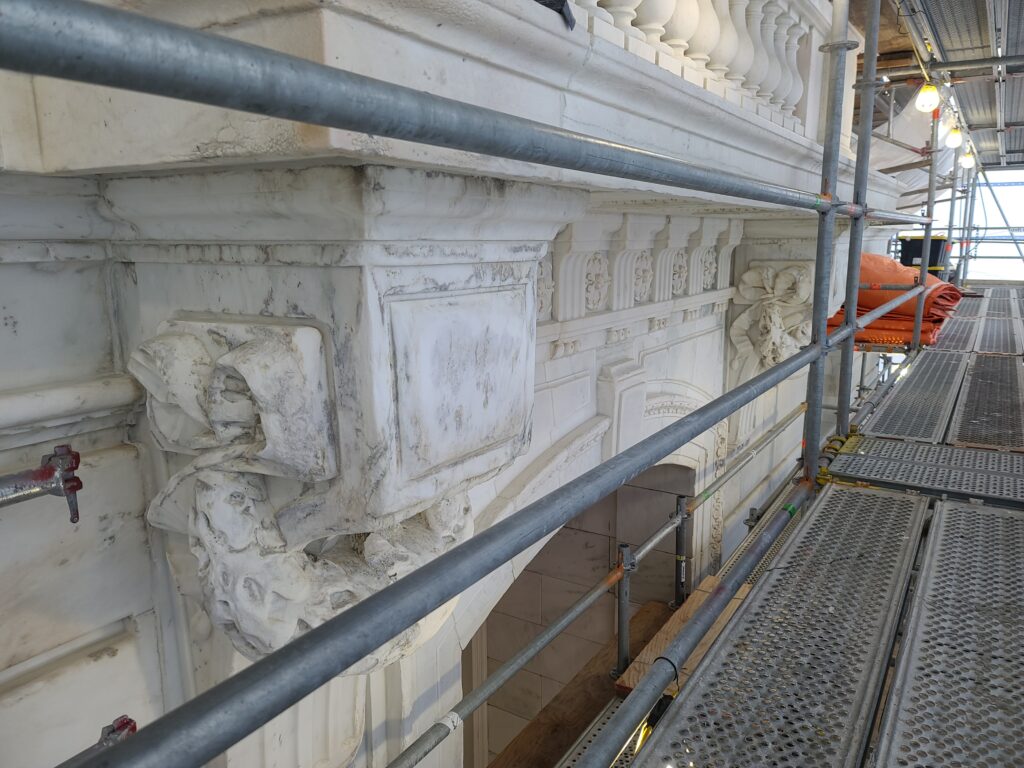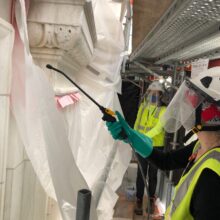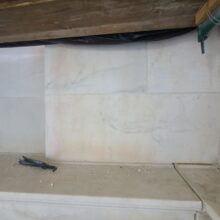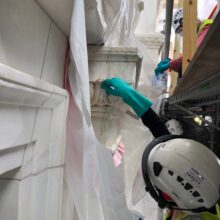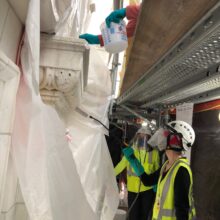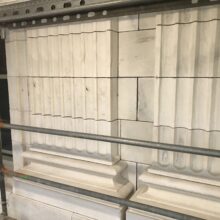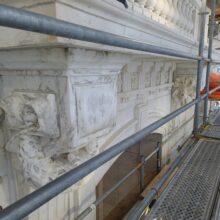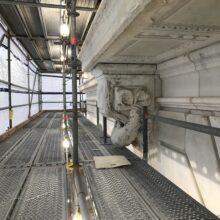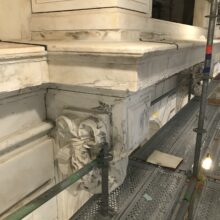Russell Senate Office Building
The Russell Senate Office Building was the response to an increased workload on the Senate in the early 20th century, which caused them outgrow their space within the U.S. Capitol. Following a decision to construct a separate office for the House of Representatives in 1903, Congress approved one for the Senate in 1904. The buildings for both the Senate and for the House of Representatives were designed under the direction of the Senate Office Building Commission by the office of the Architect of the Capitol Elliot Woods. The projects worked with New York architects John Carrére and Thomas Hastings, who specialized in the Beaux Arts School of design being employed at both buildings. The building was constructed between 1906 and 1909, with a major addition added by 1933. As the strain on the Senate continued to grow, two additional office buildings would be constructed to accommodate: the first in 1958 and the second in 1982. However, the building continues to be used by the Senate to this day. The name of the building officially became the Russell Senate Office Building in 1972, after the death of prominent Democratic Senator Richard Brevard Russell, Jr. passed in 1971.
EverGreene was contracted to conserve selected exterior Vermont marble elements of the Russell Senate Office Building. Our conservators were tasked with applying consolidants (stone strengtheners) in a complex and controlled sequence to the weathered marble columns, window surrounds, and other carved elements on the east and west façades. The treatment entailed first performing a chemical conversion of the marble surfaces and then application of an silicate gel to strengthen the stone and reduce ongoing deterioration. The process required numerous applications within limited environmental and time constraints. EverGreene has performed similar work on the U.S. Capitol, Carnegie Library in Washington D.C., and elsewhere.
